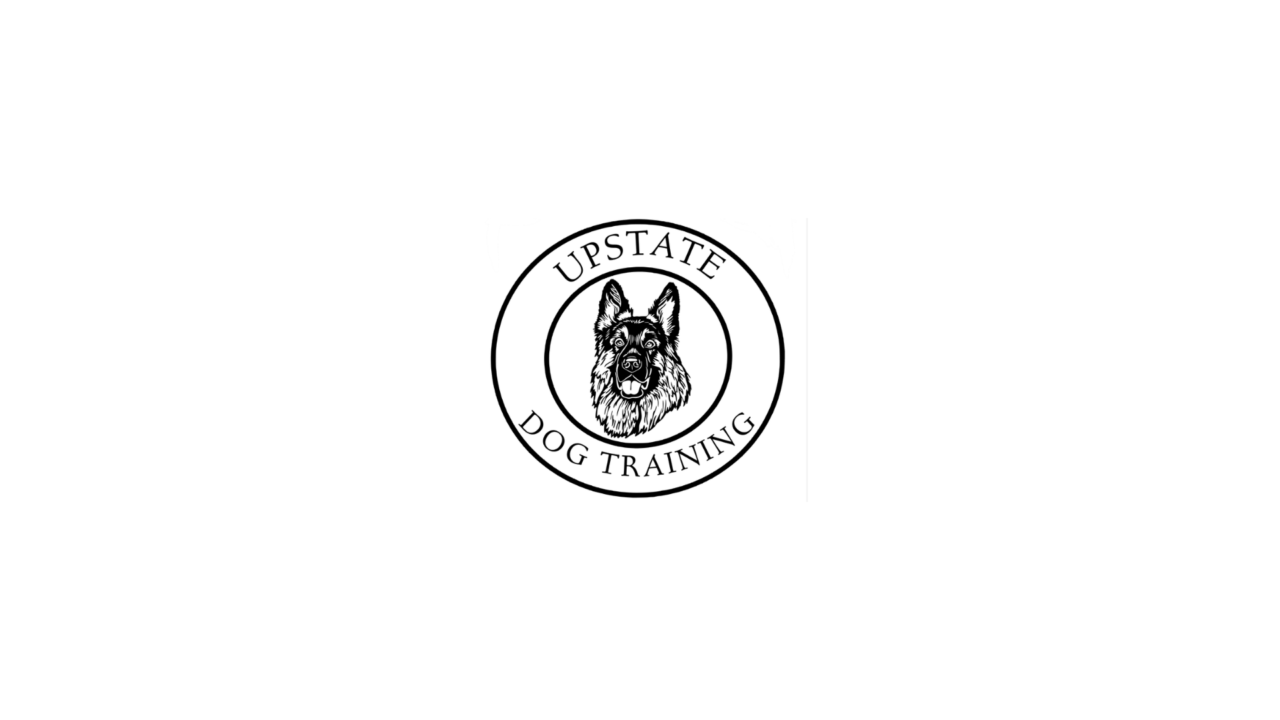Expert-Backed Tips for Alleviating Separation Anxiety in Dogs as Kids Head Back to School
As a dog owner, it’s essential to understand the impact that separation anxiety can have on our furry friends, especially as kids head back to school. Dogs are social animals, and when they become too attached to their owners, they can experience distress when left alone. In this article, we will explore the causes of separation anxiety in dogs, recognize the signs, and provide expert tips for alleviating this condition. By implementing these tips, you can help your dog feel more comfortable and secure when you’re away.
Understanding Separation Anxiety in Dogs
Separation anxiety in dogs is a behavioral issue that occurs when they are separated from their owners or primary caregivers. It can manifest as excessive barking, destructive behavior, house soiling, or even self-injury. Dogs with separation anxiety often show signs of distress as soon as their owners start preparing to leave or when they are left alone.
Several factors can contribute to separation anxiety in dogs. One common cause is a sudden change in routine or a major life event, such as moving to a new home or the loss of a family member. Dogs that have experienced abandonment or neglect in the past are also more prone to developing separation anxiety. Understanding the underlying causes can help us address this issue effectively.
Recognizing the Signs of Separation Anxiety in Dogs
It’s crucial to be able to recognize the signs of separation anxiety in dogs to provide them with the necessary support. Some common signs include excessive whining or barking, pacing, drooling, destructive chewing, and attempts to escape. Dogs with separation anxiety may also exhibit signs of distress by excessively following their owners around the house or displaying clingy behavior.
To determine if your dog has separation anxiety, it’s important to rule out other potential causes for their behavior. Health issues, boredom, or lack of exercise can also lead to similar symptoms. If you suspect your dog has separation anxiety, it’s best to consult with a veterinarian or professional dog behaviorist for a proper diagnosis.
The Impact of Back-to-School on Dogs with Separation Anxiety
The back-to-school season can be particularly challenging for dogs with separation anxiety. After spending a summer filled with constant companionship, suddenly being left alone for extended periods can be distressing for them. The change in routine and the absence of family members can trigger their anxiety, leading to increased stress levels and potential behavioral issues.
To help your dog cope with the back-to-school transition, it’s important to gradually prepare them for longer periods of alone time. Start by leaving them alone for short durations and gradually increase the time as they become more comfortable. Establishing a routine that includes exercise, mental stimulation, and relaxation can also help ease their anxiety.
Expert Tips for Alleviating Separation Anxiety in Dogs
Creating a Routine to Help Dogs with Separation Anxiety
Establishing a consistent daily routine is crucial for dogs with separation anxiety. Dogs are creatures of habit, and having a predictable routine can help them feel more secure and reduce their anxiety levels. Set specific times for feeding, exercise, playtime, and alone time. Stick to the routine as much as possible, even on weekends or during holidays, to provide your dog with a sense of stability.
Using Music to Calm Dogs with Separation Anxiety
Music can have a calming effect on dogs with separation anxiety. Studies have shown that classical music, specifically soft melodies with a slow tempo, can help reduce stress and anxiety in dogs. There are also specially curated playlists and albums designed for dogs that can be played when you’re away. Experiment with different types of music to find what works best for your dog and helps them relax.
Training Techniques to Address Separation Anxiety in Dogs
Training can be a valuable tool in addressing separation anxiety in dogs. Gradual desensitization and counterconditioning techniques can help your dog become more comfortable with being alone. Start by leaving them alone for short periods and rewarding them for calm behavior. Gradually increase the duration of separation while ensuring your dog remains relaxed. Professional trainers or behaviorists can provide guidance and support in implementing these training techniques effectively.
Seeking Professional Help for Severe Separation Anxiety
If your dog’s separation anxiety is severe and persists despite your best efforts, it may be necessary to seek professional help. A veterinarian or certified dog behaviorist can assess your dog’s condition and provide tailored advice and treatment options. They may recommend behavior modification techniques, medication, or a combination of both to alleviate your dog’s anxiety. Remember, seeking professional help is not a sign of failure, but rather a proactive step toward helping your dog live a happier, more balanced life.
Conclusion and Final Thoughts
Separation anxiety can be challenging for both dogs and their owners, but there are effective strategies that can help alleviate this condition. By understanding the causes and recognizing the signs of separation anxiety, we can take proactive measures to support our furry friends. Implementing a consistent routine, using music to calm their anxieties, and employing training techniques can make a significant difference in their well-being. Remember, if your dog’s separation anxiety persists or worsens, don’t hesitate to consult with professionals who can provide the necessary guidance and support. With patience, understanding, and the right approach, we can help our dogs feel more secure and comfortable when we’re away.
CTA (Call To Action): If your dog is struggling with separation anxiety, don’t hesitate to seek professional help. Reach out to a veterinarian or certified dog behaviorist to receive tailored advice and treatment options. Your dog deserves to live a happy and anxiety-free life.
For additional information visit ASPCA https://www.aspca.org/pet-care/dog-care/common-dog-behavior-issues/separation-anxiety
